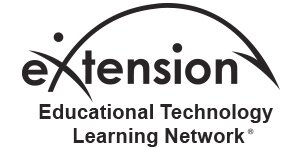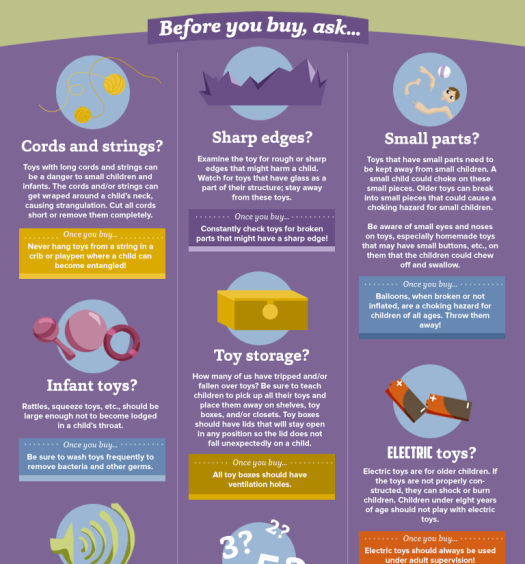authored a brilliant series on digital scholarship last week. He echoes the sentiment of many Extension professionals around the country who are struggling to create digital content and have it be viewed as “quality”, scholarly work by their local promotion and tenure committee, or even evaluation process.
As we move further into a digital era of open sharing, learning, and collaboration… where does “scholarly” work fit in? How can we address the need to both create quality content, and serve a “digital first” audience? These questions, along with the following information, were shared with Ohio State University Extension’s Promotion and Tenure committee a few weeks ago.
What Do We Know?
Individuals are more likely to:
- Engage (likes, comments, shares, click-throughs, etc.) with content online if it’s in a visual format
- Take the time to look at information that is visually represented (i.e. program handouts or PPT presentations)
- Want information in brief, easy to understand formats
What is the Current View of Digital Scholarship?
- Digital scholarship work is mostly centered on the curation and preservation of digital artifacts or the digitization of content.
- Examples: blog posts or a post series, infographics, podcasts, interactive media, videos.
- Many of the current attempts to gain recognition for digital scholarship focus on making it behave like traditional scholarship.
- Promotion committees and evaluation units can play a significant role in exploring alternative methods by recognizing new forms of scholarship, as well as positively encouraging them either through guidelines or specific projects.
“Digital scholars are often well known in their institution. If a well known digital scholar struggles to get their work recognized than it sends a message to the rest of the university that this is not the type of activity that is likely to be rewarded, with a subsequent decline in its uptake. Recognizing digital scholarship will encourage institutional innovation. [However], assessing quality in a reliable and transparent manner is a significant problem in the recognition of digital scholarship, and its intangibility and complexity are enough to make many give up and fall back on the practices they know and trust.”—Martin Weller
From many conversations with OSUE staff and colleagues around the country, it’s apparent the main priority in program delivery does not involve digital media due to a perceived lack of quality and/or scholarship during P&T and performance review processes.
This is currently one of the main barriers preventing program staff from creating more digital content.
What are Other States Doing?
- Oregon State University has created interactive, digital versions of several fact sheets.
- Oregon State University’s FoodHero.org reaches hundreds of thousands of people each year. Their most popular recipe received more than 5,000 pins on Pinterest in three months.
- University of Wisconsin is piloting a “digital first” initiative. Extension staff in Rock County are thinking “digital first” when planning their program delivery strategies. Utilized to expand the audience, build awareness, and deliver educational programs in new formats. A “digital coach” works with program staff to do training and provide feedback and support, much like the Ed Techs do in Ohio. The digital coach also makes sure they focus on “digital” when they may become distracted with on-going routines and requests.
- A few Family & Consumer Sciences Educators at Utah State University have switched to educating their audiences in completely digitally-based formats. For example, hosts weekly radio and TV shows, as well as podcasts in place of face-to-face programs.
- NMSU’s JOE article describes impact of their digital-only resources for the Center for Landscape Conservation, of which YouTube videos were by far the highest-scoring.
The Final Questions
What defines scholarship in the digital age? What defines ‘quality’ for P&T and performance review purposes? Should an infographic, which utilizes the same content as a PDF fact sheet but is in a more digital format, be encouraged as the higher priority? If so, how should it be encouraged?
Why do we hold digital content to a higher standard than traditional publications?
What are your answers to these questions? Add your them and your thoughts below.










May 6, 2015
I don’t think we hold digital content to a higher standard. It’s just not valued as highly. Which is unfortunate because it’s what the public is wanting.
Quality includes things like grammar– I whince when I see errors like the one in the quote above. Our traditional pubs receive some QC that is often lacking in our digital products. We can’t do online things of lesser quality and expect them to be respected.
May 6, 2015
Hi Kevin – my mention of digital content being held to a higher standard stems from questions we’ve received from promotion and tenure committee members – “How does an infographic change behavior?” / “How can we gauge the impact of a video?” But how does a fact sheet change behavior? How can we gauge the impact of a fact sheet? We don’t keep track of the impacts of fact sheets, so why should digital media be held to this standard? Just food for thought.
May 7, 2015
Thanks for continuing the discussion, Jamie. I think it is a different standard — in order to justify something “new” it must prove its worth. Kevin is right about high quality, although is a typo in the blog post [“than” instead of “then”] of a quote worse than a typo in the comments section [“whince” instead of “wince”] on that blog post? I suppose [sic] could have used if it was an exact quote.
Some online work may have a different audience and interaction with that audience may be different. I was criticized for being too “folksy” on my blog, but guess what? I write it for regular “folks”, not scientists. Equating Extension work to research standards isn’t working.